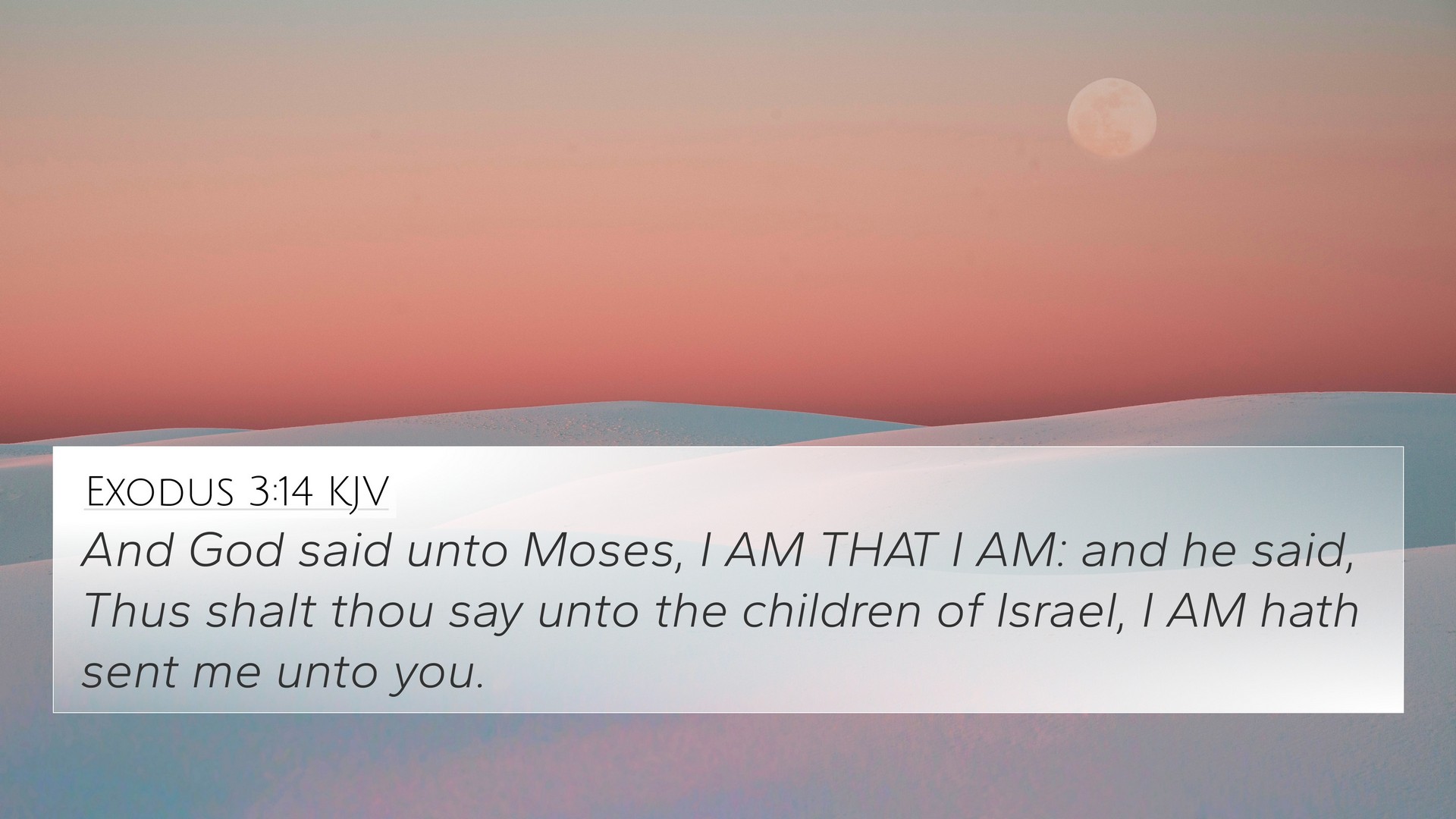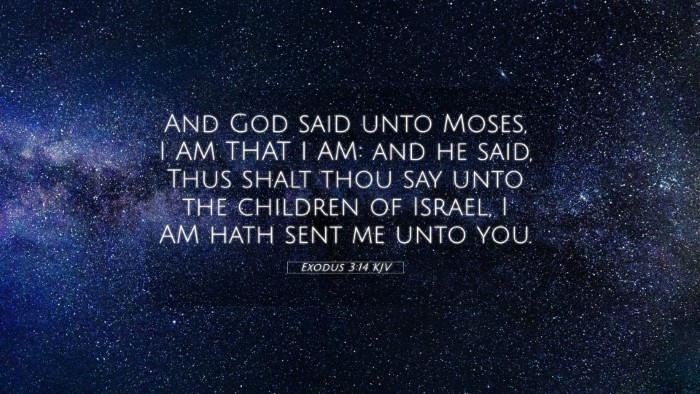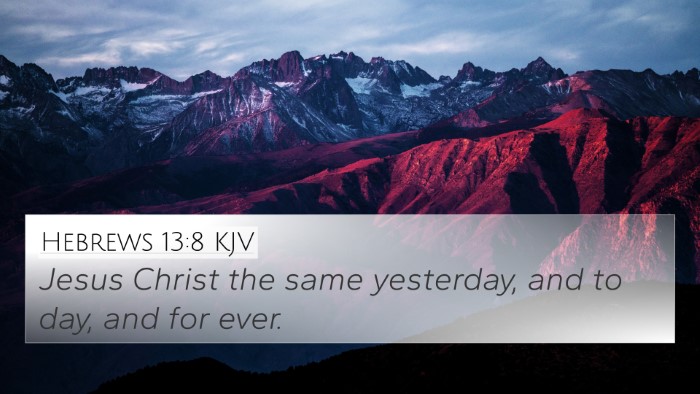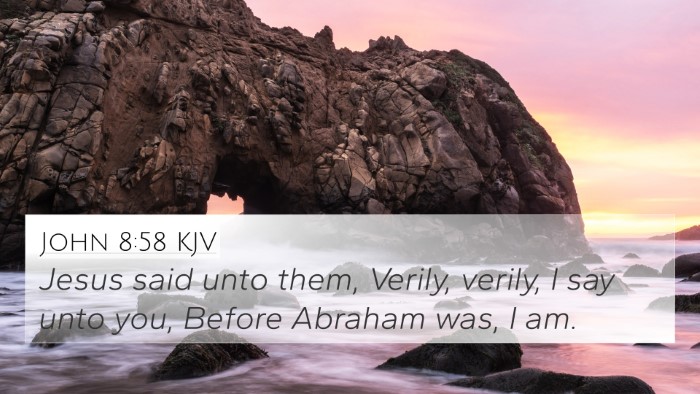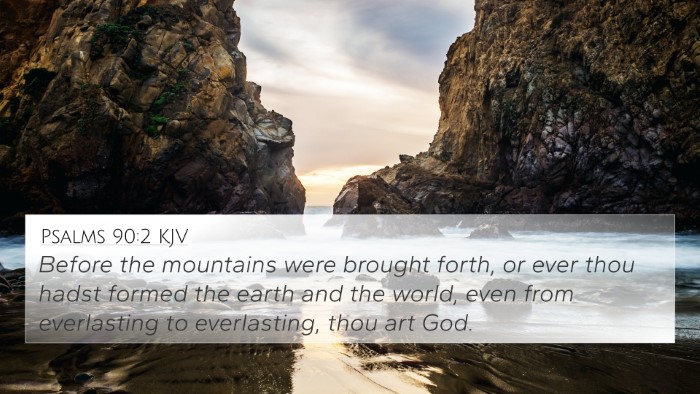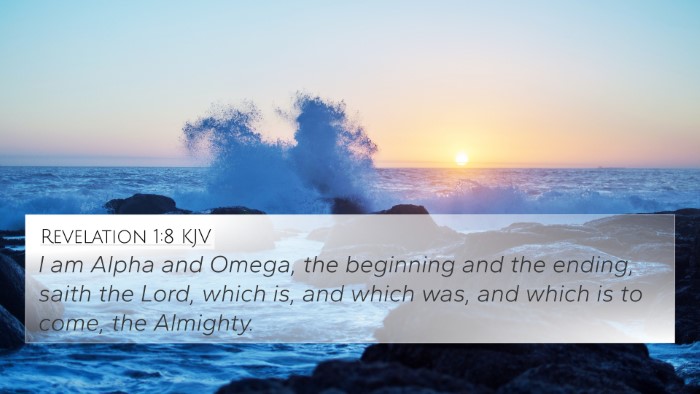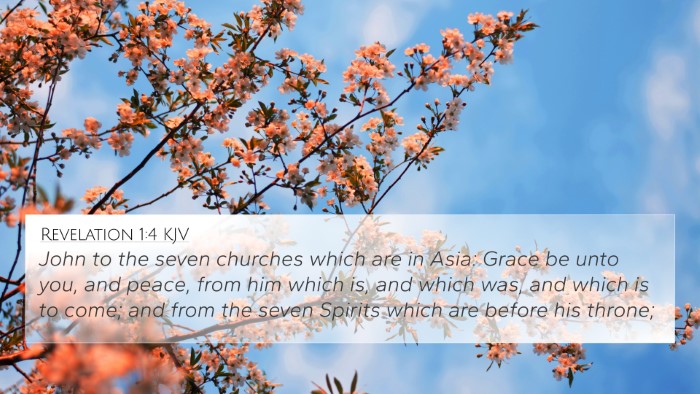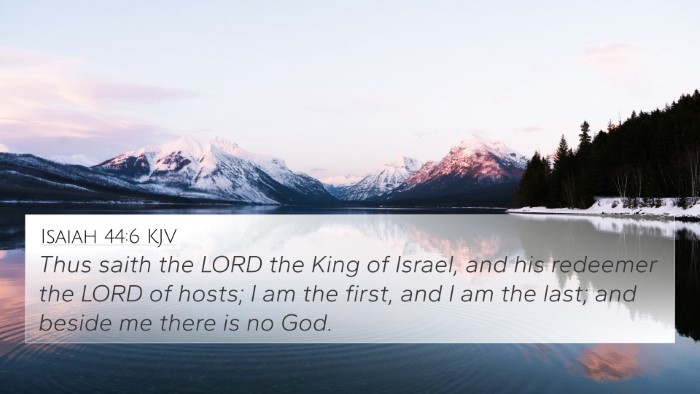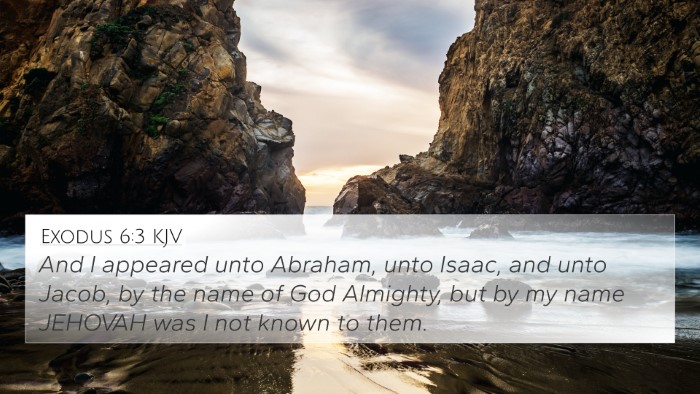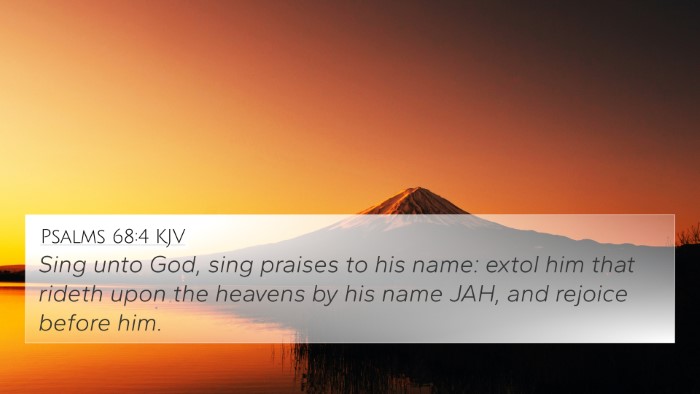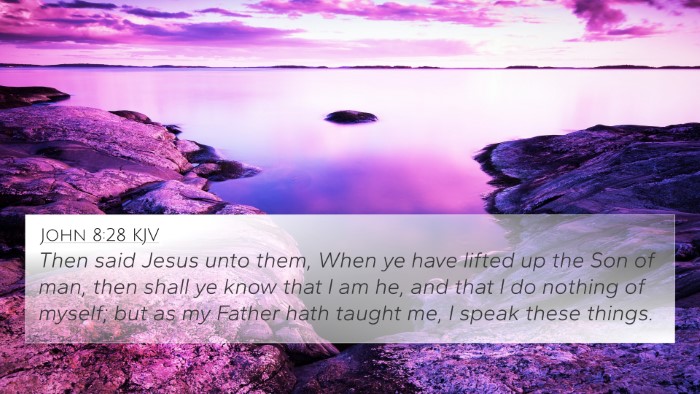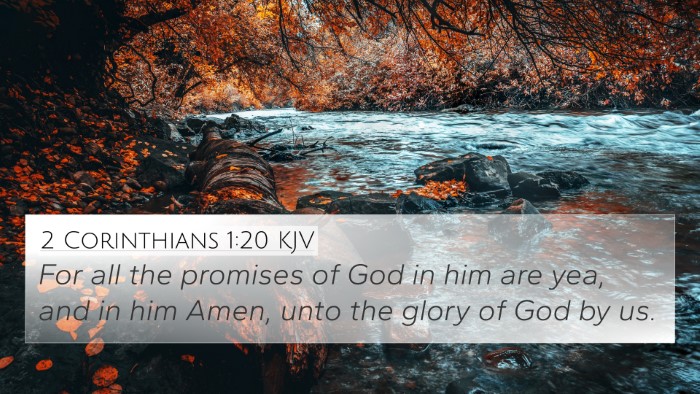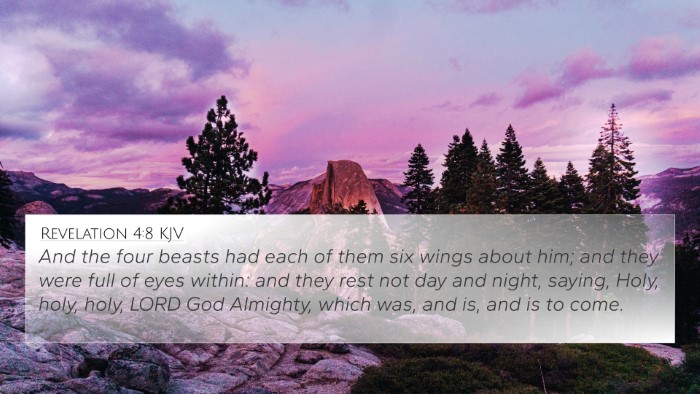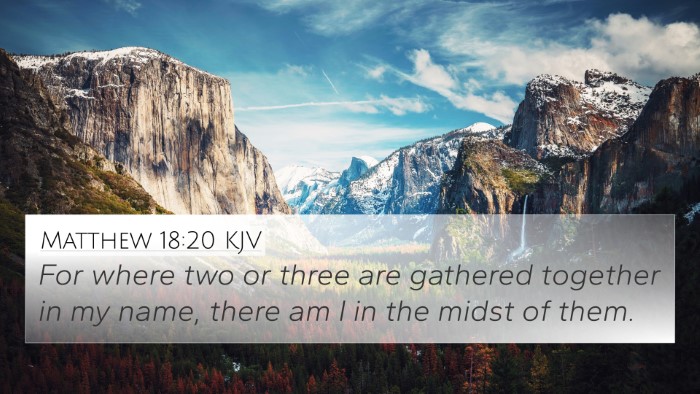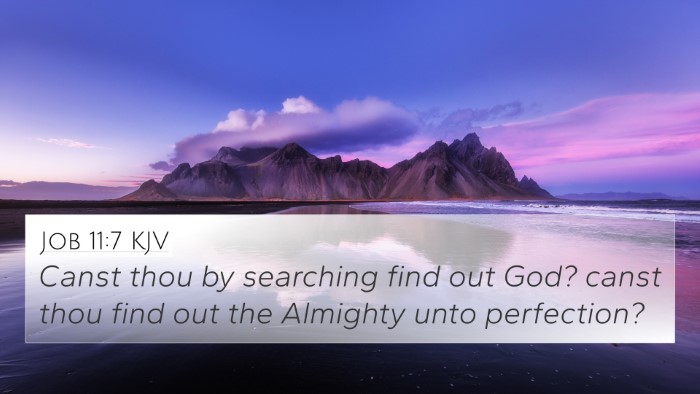Meaning and Interpretation of Exodus 3:14
Exodus 3:14 is a significant verse in the Bible, marking a pivotal moment in divine revelation to Moses at the burning bush. Here, God identifies Himself with the profound statement, “I AM WHO I AM.” This declaration not only defines God's eternal existence but also establishes His authority and inherent nature as the self-existent One. Below, we delve into a comprehensive analysis combining insights from notable public domain commentaries.
Insights from Public Domain Commentaries
- Matthew Henry: Henry emphasizes the uniqueness of God's name, asserting that it signifies His unchangeable nature and independence from creation. God’s declaration of “I AM” indicates that He is the source and sustainer of all that exists, and it reassures Moses of His eternal presence and assistance.
- Albert Barnes: Barnes observes the significance of God revealing His name as "I AM," noting that it reflects God's promise of presence and support to His people. This name serves as a reminder that God is always near, always accessible, and actively involved in human affairs.
- Adam Clarke: Clarke provides a linguistic analysis, suggesting that the Hebrew verb “to be” denotes existence as an active state rather than passive. God’s name encompasses not only existence but action, implying His continual engagement with humanity—He is the God who acts and intervenes.
Theological Significance
Exodus 3:14 thus presents a foundational element of theological understanding related to God's nature:
- Self-Existence: The term ‘I AM’ asserts God's self-sufficiency, indicating He is not contingent upon anything else.
- Immutability: God’s nature is constant and unchanging, which assures believers of His reliability across generations.
- Accessibility: The name signifies that God is not a distant deity but one who is close to His creation, responsive to their needs.
Cross-References for Deeper Understanding
For those studying biblical connections, this verse can be cross-referenced with the following scriptures, enhancing the understanding of God's nature and His interaction with mankind:
- Genesis 1:1: "In the beginning, God created the heaven and the earth." This asserts God's creative power and existence before all creation.
- Isaiah 44:6: "Thus says the Lord, the King of Israel, and his Redeemer, the Lord of hosts: 'I am the first and I am the last; beside me there is no god.'" This emphasizes God's supremacy and singularity.
- John 8:58: "Jesus said to them, 'Truly, truly, I say to you, before Abraham was, I am.'" This New Testament reference shows the continuity of God’s identity in Christ.
- Revelation 1:8: "I am the Alpha and the Omega," says the Lord God, who is and who was and who is to come, the Almighty." This reinforces God's eternal nature.
- Psalm 90:2: "Before the mountains were brought forth, or ever you had formed the earth and the world, from everlasting to everlasting you are God." This illustrates God's eternal existence.
- Exodus 6:3: "I appeared to Abraham, to Isaac, and to Jacob, as God Almighty, but by my name the LORD I did not make myself known to them." This shows the evolution of divine revelation in Scripture.
- Hebrews 13:8: "Jesus Christ is the same yesterday and today and forever." This points to the unchanging aspect of God's character.
Thematic Connections with Other Scriptures
When exploring thematic connections, Exodus 3:14 serves as a pivotal point that relates to various themes found in the Bible:
- Divine Authority: The affirmation of God's name reflects His sovereign authority over all creation.
- Faith and Trust: Moses’ hesitance is met with God's assurance; His self-revelation invites believers to trust in His character.
- Revelation of God’s Nature: The verse opens the discourse on how God reveals Himself throughout Scripture, culminating in Christ.
Applying Exodus 3:14 in Study and Reflection
Incorporating tools for Bible cross-referencing can significantly enhance your study of this verse:
- Utilize a Bible concordance to find related terms and verses associated with “I AM.”
- Employ a Bible reference guide to explore themes and contexts related to divine identity.
- Consider cross-reference Bible study methods to investigate parallels between Old and New Testament references concerning God’s names.
Conclusion
Exodus 3:14 stands as a cornerstone in understanding who God is, revealing profound truths about His nature that resonate through the entirety of Scripture. As you engage in comparative Bible verse analysis, may you find deeper connections that enrich your faith and understanding. This exploration not only highlights the self-existence of God but also invites relational engagement with the One who declares, “I AM.”
